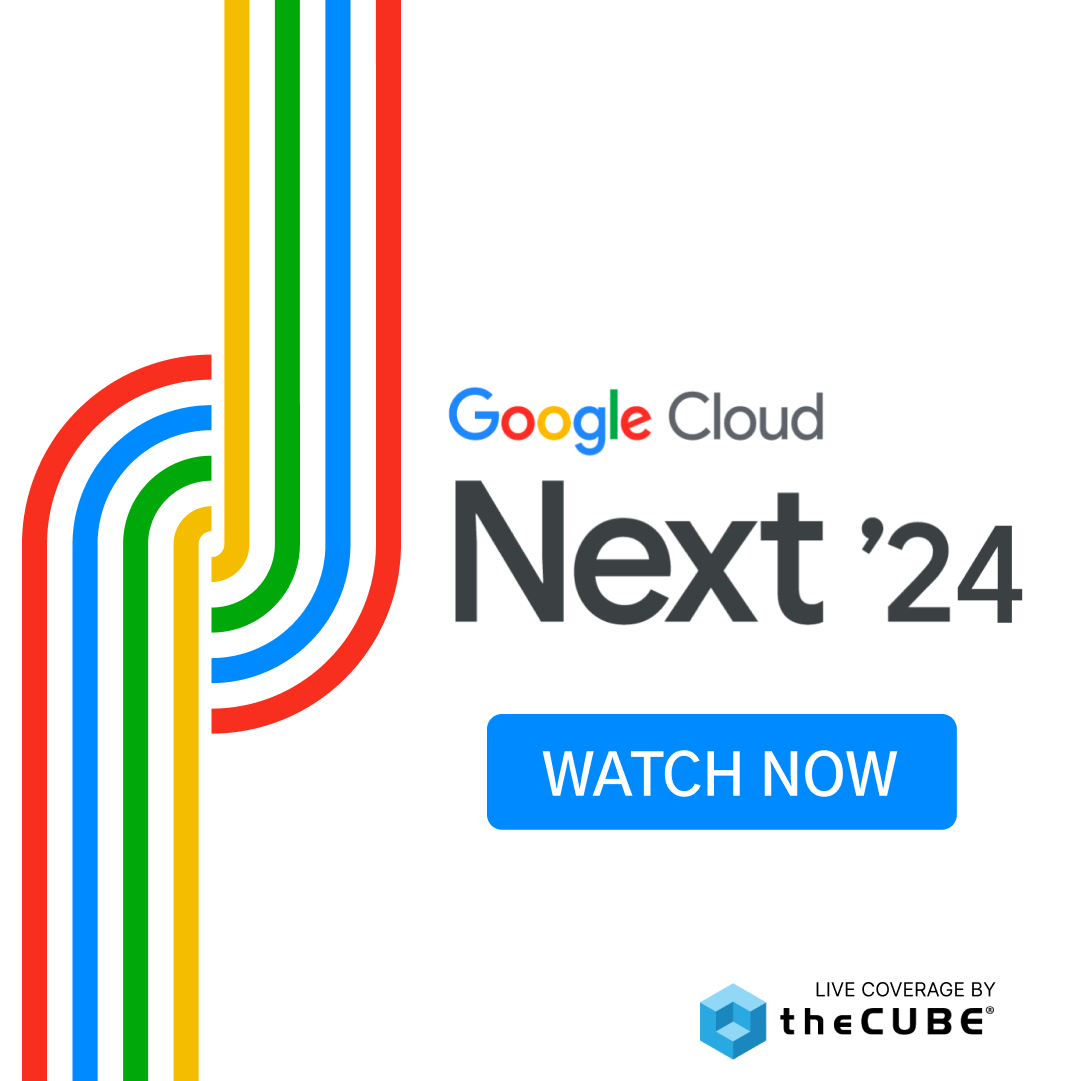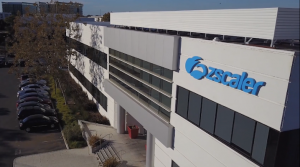CIOs: Plan mega-datacenter migration now
![]() Every two or three years Wikibon CTO and Co-Founder David Floyer writes a piece of research that defines the next major strategic shift in CIO thinking. Last week he published the latest of these, “Mega-Centers are the Future”. In it he presents a list of cogent arguments for why within 10 years all medium-to-large organizations will have moved their entire data center infrastructures to IaaS mega-datacenters.
Every two or three years Wikibon CTO and Co-Founder David Floyer writes a piece of research that defines the next major strategic shift in CIO thinking. Last week he published the latest of these, “Mega-Centers are the Future”. In it he presents a list of cogent arguments for why within 10 years all medium-to-large organizations will have moved their entire data center infrastructures to IaaS mega-datacenters.
This is a call to action for CIOs, and CMOs with their own growing IT efforts. This transition will provide major benefits, from cutting the cost of “keeping the lights on” to a manageable fraction of the CIO budget to moving corporate data close enough to cloud-based data, including social media and Internet of Things, to make combining them for Big Data analysis practical.
But migrating the entire data center to the cloud is not a trivial task, and as with everything today, the pressure for action is already growing. Floyer warns that if IT does not move quickly, heads of LOBs will start their own initiatives, using mostly SaaS services. The issue there is that without coordination, CIOs will quickly be faced with a huge proliferation of different SaaS installations that will be impossible to integrate with each other or with existing corporate systems-of-record to support the Big Data analysis that is necessary to support business decisions for the enterprise as a whole and LOBs.
First steps
.
So what should CIOs do? First, and immediately, they should start reviewing all infrastructure purchasing plans to determine if the compute loads they will support are better moved to a major IaaS platform such as AWS, Google Compute Engine, IBM SoftLayer, Supernap, etc.
Second, the CIO’s office should review its existing vendor relationships and develop a depth of knowledge of what the various IaaS vendors offer in services and where they may not meet corporate needs. If the ITO does not have strong relationships with the major business servers, the CIO needs to develop those relationships early in the process.
Third, CIOs should convene a strategic migration team with members covering each of the major parts of the ITO. Given the major impact that this huge change in the IT infrastructure will have throughout the organization, IT should not attempt to do this in isolation. The CIO needs to establish high level partnerships with other important parts of the enterprise. Certainly the CMO and corporate counsel should be part of the planning, as should the heads of major corporate divisions and LOBs, and to an extent corporate supply chain and business partners. The CIO’s office should form a corporate working group to keep the internal stakeholders informed of progress and to solicit their thoughts and agreement on major decisions, and in particular the choice of service provider(s). Gaining buy-in from major stakeholders from the start will avoid problems further on and head off LOB plans to go it alone with SaaS services. The CIO personally should keep the BoD and other C-suite members informed on progress.
To implement the strategy, IT will need an internal team including the heads of all the major divisions of the ITO. This team should be charged with the tactical planning of the migration timetable and with identifying technical challenges before they become problems.
Planning the migration
.
![]() Picking the service or services to use requires some thought. Services come in various types. AWS and the Google Compute Engine, for instance, are lower cost, particularly after the recent price cuts, but may not fit all needs. CIOs and their migration teams need to organize their applications logically into groups that reflect which applications need to be closely integrated. Each application group should then be treated as a unit and the specific needs of that unit – for instance service levels, security and compliance requirements, mobile access requirements and the optimal development platform – and should be treated as a unit for the purposes of planning and executing the migration. Then those needs should be matched to the service providers to determine the optimal fit including, of course, budgeting concerns. Some applications may be best moved to an SaaS provider, but one that runs on the same IaaS platform as the group that application is associated with and can be easily integrated into the group.
Picking the service or services to use requires some thought. Services come in various types. AWS and the Google Compute Engine, for instance, are lower cost, particularly after the recent price cuts, but may not fit all needs. CIOs and their migration teams need to organize their applications logically into groups that reflect which applications need to be closely integrated. Each application group should then be treated as a unit and the specific needs of that unit – for instance service levels, security and compliance requirements, mobile access requirements and the optimal development platform – and should be treated as a unit for the purposes of planning and executing the migration. Then those needs should be matched to the service providers to determine the optimal fit including, of course, budgeting concerns. Some applications may be best moved to an SaaS provider, but one that runs on the same IaaS platform as the group that application is associated with and can be easily integrated into the group.
Scheduling is also vital. Migrating will take time – several years in some cases – and it is important to prioritize the migration of different compute loads to optimize cost and business benefit and minimize impact, both to the business and the ITO. For instance, if IT identifies significant demand to combine data from some specific applications with data from external Cloud sources to support for instance market analysis, those applications and their related group(s) might be given a high priority.
Managing staffing needs
.
![]() Obviously a plan to migrate the entire datacenter to the cloud is going to have a major impact on staffing. This massive a sea change cannot be kept secret and will eliminate all of today’s IT vertical silos. Basically the redesigned ITO will have three groups – development, operations and the CIO’s office including planning functions. Operations will consist of a small staff working in a control center to monitor overall performance against SLAs and interface with internal users on the one hand and the service providers on the other. The service providers will handle all the lower level technical tasks. More radical organizations may combine operations with development into dev/ops on the model of some of the Internet giants.
Obviously a plan to migrate the entire datacenter to the cloud is going to have a major impact on staffing. This massive a sea change cannot be kept secret and will eliminate all of today’s IT vertical silos. Basically the redesigned ITO will have three groups – development, operations and the CIO’s office including planning functions. Operations will consist of a small staff working in a control center to monitor overall performance against SLAs and interface with internal users on the one hand and the service providers on the other. The service providers will handle all the lower level technical tasks. More radical organizations may combine operations with development into dev/ops on the model of some of the Internet giants.
This is going to create a great deal of concern among staff who see their jobs going away. The best and fairest way to handle this is to be proactive. Bring HR in immediately and start working on a staff transition plan. All staff members should be assured that they will be offered a choice of retraining options and wherever possible will be retained, either in the ITO or in other company divisions, although their titles and responsibilities will often change. Those who cannot be retained or who choose to leave the company should also be offered training, placement services, and wherever possible continued employment until they can find a new opportunity. Older employees should be offered buyouts and early retirement.
Expect the unexpected
.
Finally, a change this large will bring some surprises, good and bad. All plans need to be flexible and updated frequently to reflect changes in conditions. IT will need a “swat team” to deal with emergencies and a negotiating team to work with the selected vendor(s), keep appropriate staff appraised of new services as they become available and communicate the companies “wish lists” back to the service providers.
However, CIOs should not delay in starting this process and should push it constantly. Early adopters will reap competitive advantages from the lower operating costs, much greater flexibility, and most of all the refocusing of IT from keeping the lights on to creating new business opportunities based on technological advantages. In an environment in which CEOs regularly rate IT as their first or second most important source of business advantage, companies that move vigorously into the cloud will be best positioned to identify and realize new opportunities as they become available, while laggards risk being left behind.
feature image: WarzauWynn via photopin cc
photo credit: subarcticmike via photopin cc
photo credit: fd via photopin cc
A message from John Furrier, co-founder of SiliconANGLE:
Your vote of support is important to us and it helps us keep the content FREE.
One click below supports our mission to provide free, deep, and relevant content.
Join our community on YouTube
Join the community that includes more than 15,000 #CubeAlumni experts, including Amazon.com CEO Andy Jassy, Dell Technologies founder and CEO Michael Dell, Intel CEO Pat Gelsinger, and many more luminaries and experts.
THANK YOU









